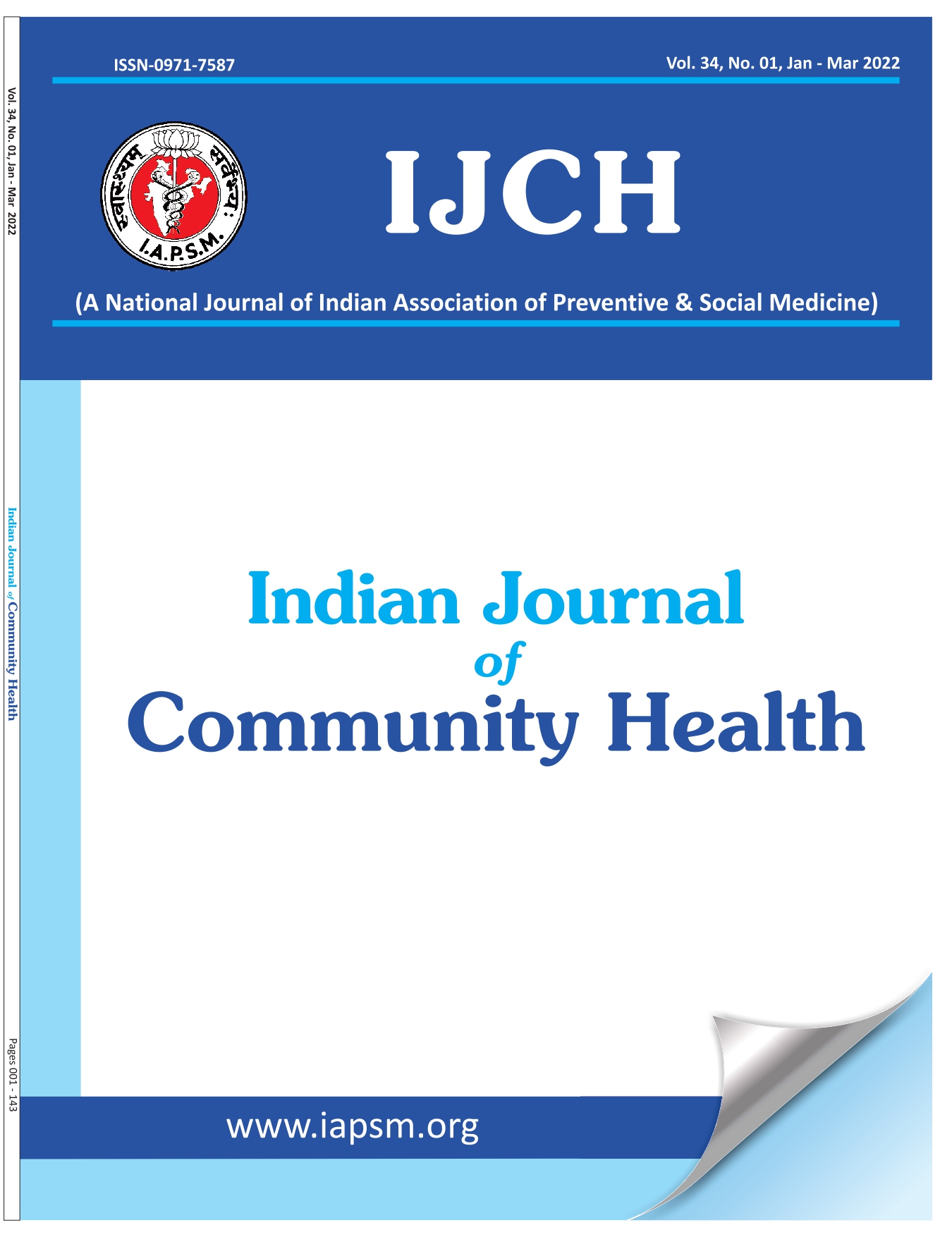A study on socio-demographic profile and feasibility of DOTS provider registered under RNTCP in Varanasi district Uttar Pradesh
Abstract
Introduction: Tuberculosis is a major chronic disorder affecting the larger population more than any other disease in the country. DOTS was introduced in India in 1993 as part of the Revised National Tuberculosis Programme (RNTCP) following a review of India’s National Tuberculosis Programme (NTP) a year earlier (1) .Patient satisfaction is an important parameter for assessing the quality of patient care services. There is need to assess the health care provider regarding the consumer satisfaction as often as possible, this paper summarizes our experience about role of DOTS provider in the management of TB patient in rural population of Varanasi districts Utter Pradesh. Objective: (1) To assess the perception of registered tuberculosis patients regarding DOTS provider for the treatment of tuberculosis. (2) To assess the accessibility, acceptability & availability of community DOTS provider. Design: A longitudinal study. Setting: Three microscopic centre of Cholapur Tuberculosis unit of Varanasi districts. Methods: Registered patients were interviewed twice: once in the beginning and another at the completion of the treatment or after the permanent discontinuation of the treatment. Patients were interviewed for their socio-demographic profiles, opinion about DOTS and its providers. Side effects experienced and action taken etc. Data was collected on a semi-structured, pre-tested questionnaire. DOTS providers were interviewed and treatment cards analyzed for any interruption of treatment and action taken. Data was collected from 1st June 2004 to 31th June 2005 till the completion of the regimen. Results: Majority of DOTS providers were young males (82.7%) of 26 years to 40 years, while the representation of females was only 5 (17.3%). Almost more than 80% of the patients started their treatment within 1-10 days. For majority of cases (83%) the distance of DOTS provider from patient’s house was within 1 km. Mean time spent to go to DOTS provider was 27.2 minutes. 91.5% have no effect on routine activity. 98.3% DOTS provider were regular. Regarding behavior & availability of DOTS provider majority (90%) of patient’s opinion was good & regular (98%). Among 117 patients who were enrolled for treatment through DOTS provider, 73 (92.4%) were NSP & 12 (10%) were from retreatment group. Out of 117 patients who opted for treatment from DOTS provider 108 patients took full course of treatment in Intensive phase & their success rate was (92%) out of 108 patients 103 took full course of treatment in Continuation phase & there success rate was (95%). Success rate among NSP was 89% & success rate among retreatment group was about 83%. Conclusion: Shopkeeper acts as a DOTS provider in RNTCP because of their accessibility. Availability being less time consuming and the place being convenient to the patients. Shopkeeper is an example of persons drawn from the community who can play complementary role as DOTS providers.





